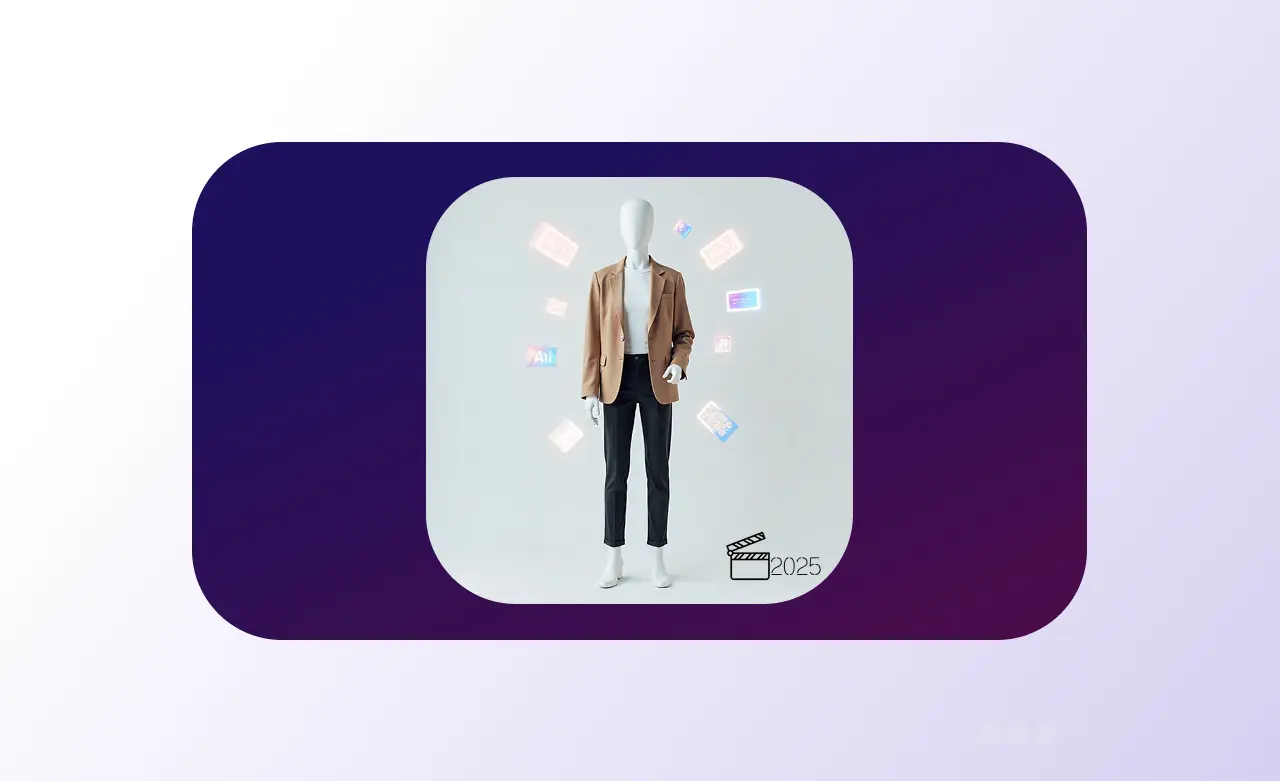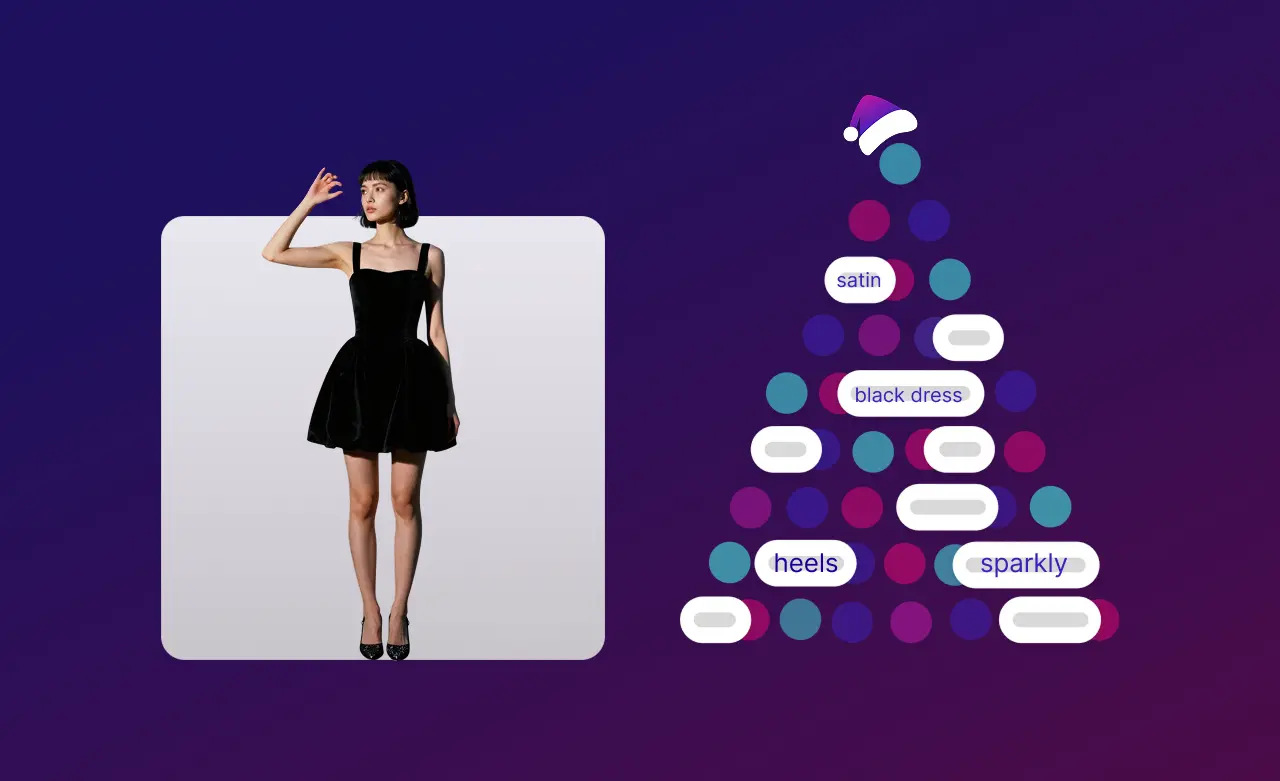
Big data and AI (artificial intelligence) seem to be taking over the world in the past few years. They are redefining the digitalization of our society, finding their way into every industry. Fashion retail is no exception.
According to Prescient and Strategic Intelligence, the global AI in retail market is expected to witness a growth rate of 35.4% by 2024. The research considers the increasing adoption of AI as the key market trend. Moreover, over 40% of leading organizations are planning to deploy AI solutions by the end of 2020.

The players of the fashion retail industry are now emerging to create a seamless shopping experience for their users. This is the only way to stay in the game as the competition is harsher every day. That’s why they are adopting AI as away to make shopping more targeted and comfortable.
In order to provide a smooth customer experience that makes purchases painless, fashion retailers need to know some crucial information about their visitors. What size they wear, what styles they like, do they prefer midi or short skirts? When combined with big data, AI can help fashion retailers give customers exactly what they are searching for.
The technology that enables this is called visual AI. Visual AI is one of the most popular uses of AI in retail. According to HubSpot, visual search will have a significant impact on e-commerce marketing. This technology is going to transform the way people purchase online and increase their expectations about customer experience.
What is visual search and how does it capture data?
Only a few years ago, the only way to search online was to type in text into a search engine. Now, with visual search, users can use images instead of text. They simply upload an image and get visually similar results. They don’t have to think about words to type into the search engine or go through pages and pages of similar search engine results to find what they are looking for.
Visual AI uses deep neural networks and takes into account the objects of the image and their attributes such as shape, size, or color. Then, it finds other images that contain visually similar objects. Visual search considers the context of the image to provide more quality results than what website visitors can get by a simple text search.
As 90%of the information our brains receive is visual, visual search is a great way to let customers find what they’re looking for in no-time. Implementing site search best practices alongside visual AI can further enhance the shopping experience by ensuring that customers find exactly what they are looking for quickly and efficiently. The data is out there. You just need to capture it. At the beginning of 2020, the number of data bytes in the digital sphere was 40 times higher than the number of stars in the observable universe. And yet, we’re analyzing only 0.5% of it.
Visual AI captures the data for you. Fashion retailers can easily monitor and measure visual search performance. When a customer uses visual search to buy a certain product, it’s very easy to track and figure out where the conversion came from. With visual AI, online retailers can find out the likes and preferences of their customers in just a few clicks.
You will be able to detect the exact products and product types that perform best with your customers. This will enable you to identify the products that are trending, improve your decision-making process, and prepare your inventory for future demand. Customers often don’t know what they want. They even use visual search to find inspiration and to discover products they might like.
That’s why you should always be ready to tell them what they want. And, you’ll be able to do this by analyzing their searches and showing them similar or complementary items with the help of visual AI. This is, in fact, what marketing is all about. Marketers are always in the search of creative ways to fire up the customer’s desire. And visual AI is one of them.
Automatic tagging and data
Another visual AI solution is automatic fashion product tagging. Automatic tagging uses deep learning algorithms to detect objects on the product catalog images and give them relevant tags based on their features. With automatic tagging, the catalog products get accurate and rich descriptive tags adjusted to their characteristics.
This improves the search engine of the e-commerce store, showing relevant results for the searchers. The visual AI’s deep learning algorithms help fashion retailers identify and understand the performance of a product and its attributes.
Automatic tagging provides actionable data analytics about customer behavior. It goes as far as discovering preferences, demographic, and geographic characteristics. The descriptive tags attached to the products give valuable insights into what consumers want and enable fashion retailers to create more personalized offers.
They also provide information about what’s popular and trending at a given moment, so e-commerce store owners can prepare their websites for future visitors. Thanks to the data automatic tagging provides, you’ll have enough analytics to make smarter business decisions.
Your business risks will be reduced as you’ll be able to adjust your design, prices, and purchase processes to the people that visit your website. This will reduce the possibility of overproduction, waste, and price subtraction, making your business model stable and sustainable.
Suggested read: 3 Ways Visual AI Is Transforming The Retail Customer Journey & Meeting Their Ever-Growing Needs
Visual AI solutions are very powerful tools that give your e-commerce store a competitive advantage in a crowded market with customers that always demand more. The risk of investing in new technologies is always present, but so is the risk of missing opportunities. Visual AI is a very meaningful innovation that will go way beyond just visual search.
This set of solutions helps improve store management processes, gain consistency, and eliminate endless manual processes. Most importantly, it provides mind-blowing data analytics that helps you offer your customers exactly what they want.
Pixyle.ai believes fashion is all about visuals. Our AI-powered engine is always looking out for better and more accurate results, constantly improving the functionality of your online store. You’ll always be able to capture the intents and preferences of your customers.
Discover Pixyle Ultimate Dress type Taxonomy Guide
Learn how to structure your catalog in a way that matches how people actually shop.


Boost your sales with AI product tagging
Optimize your eCommerce catalog to improve discovery and conversions.







